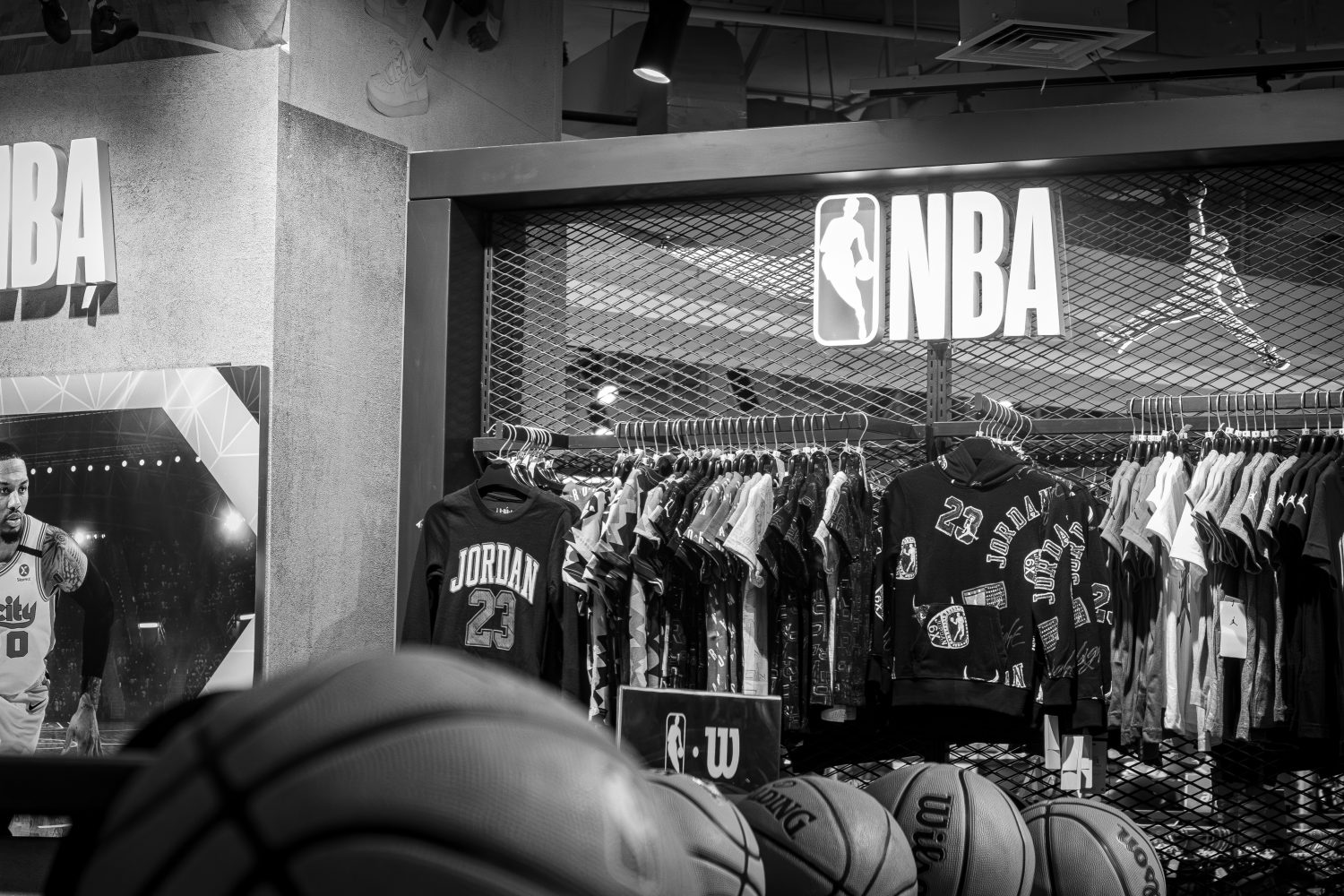Fantasy basketball is more than a game of numbers and bragging rights; it is a live lab for understanding the psychology and strategy behind sports wagering. The same player metrics, lineup construction, and salary cap decisions that drive fantasy success also shape how bettors interpret odds, evaluate value, and anticipate game outcomes.
The Analytical Core of Fantasy Basketball
Fantasy basketball runs on measurable data: points, rebounds, assists, steals, and turnovers, but true mastery requires interpreting those stats contextually. Successful fantasy players balance averages with trends, factoring in back-to-backs, opponent pace, and recent minutes played.
By analyzing advanced metrics like PER (Player Efficiency Rating), True Shooting Percentage, and Usage Rate, fantasy participants become adept at recognizing when numbers point to undervalued talent or misleading narratives. This same skill set defines elite bettors who look beyond surface stats to identify real betting edges.
When a fantasy manager identifies that a player like Tyrese Haliburton’s 28.4 percent usage rate combined with a 58.7 True Shooting Percentage signals sustained value despite a shooting slump, they are engaging in predictive reasoning identical to line movement interpretation in wagering.
Betting odds reflect public perception, but like fantasy pricing, the sharp player recognizes inefficiencies. Reading fantasy box scores trains the brain to see probabilities, not just outcomes, a skill essential to navigating point spreads and over/under totals.
Salary Caps and Value Assessment
In daily fantasy contests, players must build lineups under strict salary caps, much like managing a bankroll in sports wagering. Every choice involves tradeoffs between star power and balanced value. Knowing when to pay up for Nikola Jokic’s $12,000 price tag versus targeting a $5,400 role player with 10x upside mirrors how a bettor evaluates risk-reward scenarios across prop bets and parlays.
Fantasy pricing algorithms often lag real-world performance trends. For instance, if Jalen Brunson averages 32.8 points over his last five games but his fantasy price increases only marginally, the savvy player exploits that inefficiency, just as a bettor would when spotting mispriced player props.
Understanding fantasy basketball auction values and the NBA injury report is more than just game prep, it’s the backbone of learning how to identify undervalued players and betting opportunities in real NBA matchups.
Matchups as a Betting Blueprint
Matchup analysis lies at the core of both fantasy and betting. A fantasy player who avoids rostering a center against Rudy Gobert’s rim defense applies the same logic as a bettor steering clear of overs in low-possession matchups. Evaluating pace, defensive rating, and rebounding margins all contribute to predicting player output and game outcomes with precision.
In wagering, team context defines betting value. A fantasy player aware that a fast-paced matchup between the Pacers and Hawks offers elevated shot volume will instinctively recognize that a 245.5 over/under line is not excessive. Those who regularly project fantasy totals learn to forecast game tempo, a metric that consistently drives accurate betting outcomes.
Lineup Adjustments and Real-Time Decisions
Daily fantasy basketball forces managers to react quickly to breaking news: late scratches, rest days, or lineup changes. These decisions directly parallel live betting and in-game wagering strategies. Both demand discipline, speed, and understanding of how small changes shift expected value.
If a player like Anthony Edwards is ruled out minutes before tip-off, the fantasy player pivoting to Donte DiVincenzo for $3,900 demonstrates the same adaptability a bettor uses when adjusting to halftime momentum shifts. Recognizing when to react, and when to hold, separates strategic thinkers from impulsive gamblers. Both realms reward those who manage risk dynamically.
Probabilities and Expected Value
At the intersection of fantasy and betting lies the mathematical concept of expected value (EV). Every decision, from choosing a mid-tier guard to betting on a three-leg parlay, can be broken down into probabilities and potential return. Successful fantasy players intuitively calculate EV by estimating player performance ranges against cost, just like seasoned bettors evaluate implied odds.
When a fantasy player projects De’Aaron Fox for 45 fantasy points against a $7,200 salary, they are effectively estimating a 6.25x return. This calculation mirrors betting analysis: determining whether +150 odds offer genuine upside or inflated risk. Recognizing positive expected value opportunities is the hallmark of consistent long-term success in both disciplines.
Psychological Parallels Between Fantasy and Betting
Beyond numbers, both fantasy and wagering thrive on psychology: anticipation, confirmation bias, and emotional control. The same cognitive traps that lead bettors to chase losses can push fantasy players into overvaluing past success or ignoring variance. Emotional discipline defines winners in both worlds.
A fantasy player resisting the urge to bench a slumping elite scorer based on short-term noise mirrors the bettor who avoids overreacting to one bad beat. In both environments, the key is trusting long-term statistical evidence. The capacity to maintain composure during cold streaks ultimately determines profitability and longevity.
Learning From Daily Fantasy Basketball Trends
Trends in fantasy basketball mirror evolving betting markets. When player combinations become popular in DFS tournaments, line movements in sportsbooks often follow. Understanding how public sentiment shapes both environments offers valuable insight for forecasting shifts in betting odds.
Fantasy players track ownership percentages to gauge how the public views specific athletes. High ownership mirrors betting line movement caused by one-sided public money. Learning to fade the crowd, choosing contrarian lineups or bets, is how both fantasy grinders and sharp bettors capture maximum value when odds tilt too far in one direction.
Long-Term Strategy and Bankroll Management
The most successful fantasy players and bettors understand that consistency outweighs short-term luck. Managing your budget, whether through salary caps or betting units, ensures sustainability. The parallels between bankroll discipline and fantasy salary efficiency are undeniable.
Tracking outcomes over hundreds of contests teaches fantasy players about variance — the unpredictable nature of short-term results. Bettors use similar sample sizes to validate models. Recognizing that even 60 percent accuracy represents elite performance fosters patience and realism, two traits essential to profitability in both pursuits.
Integrating Advanced Analytics
Advanced analytics like pace-adjusted projections, player impact estimates, and regression analysis empower fantasy managers to predict outcomes with precision. These same tools fuel professional betting models used to calculate expected point differentials and game probabilities.
Fantasy platforms rely on algorithms that simulate thousands of game outcomes to price players accurately. Bettors adopting similar modeling methods, such as Monte Carlo simulations, can forecast spreads and totals with greater reliability. Mastering analytics bridges the gap between entertainment and calculated wagering strategy.
The Future of Fantasy and Betting Synergy
The relationship between fantasy sports and sports wagering continues to deepen as both industries evolve technologically and strategically. Data-sharing partnerships, real-time stat tracking, and AI-driven insights are creating a seamless connection between player performance projections and live betting odds.
Platforms now allow users to shift seamlessly between DFS contests and sportsbooks. This integration enhances player engagement but also demands sharper analytical thinking. Those who thrive in fantasy basketball’s data-driven environment naturally gain an edge in sports betting, where every metric, probability, and decision intertwines into one cohesive skill set.
–
Sponsorship & Gambling Disclaimer:
This article is presented for educational and entertainment purposes only. Respect My Region occasionally features sponsored content, affiliate links, and brand partnerships that help support our platform. Any mention of products, platforms, or betting references should not be interpreted as an endorsement or financial advice.
Respect My Region does not offer or facilitate real-money wagering. Fantasy sports and betting examples discussed herein are for illustrative purposes only. Please gamble responsibly and only where it is legal to do so.
If you or someone you know has a gambling problem, call or text the National Problem Gambling Helpline at 1-800-522-4700 or visit www.ncpgambling.org for confidential support.







